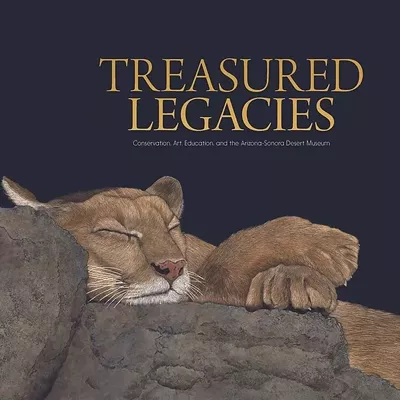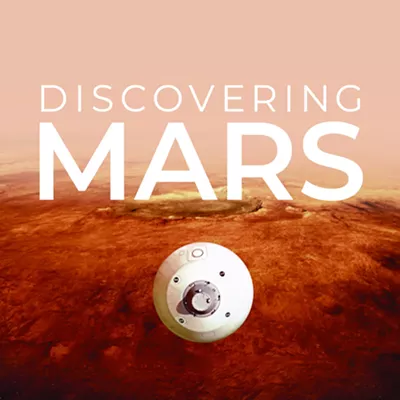For the most part, social scientists have viewed these pursuits from a materialist perspective, seeing them as the illusionary byproducts of the human desire for control in a perilous and unpredictable world. However, in recent years, anthropologists have begun reassessing divinatory frameworks and the subjective meaning they have for participants, because of the growing recognition that many of these techniques actually work.
Divination and Healing: Potent Vision, a scholarly collection of articles from the University of Arizona Press, examines a number of divinatory systems in Africa, Asia and the Americas, illumining a world view that is dynamic and transfiguring.
Generally, divinatory practices are grounded in the belief that everything--the individual, community, environment and spirit world--is connected. Any imbalance in one area will adversely affect the others. People often get sick because of a rip in the social fabric or a problem in the spirit realm.
"Bringing this disrupted state of being into wholeness," writes Jacob K. Olupona, "is the task of the diviner and the divination process."
While it may be difficult to objectively determine what role a spirit world plays in these operations, field studies indicate that divination can have a therapeutic affect on both individuals and communities.
On an individual level, divination is similar to Western psychotherapy, probing the mind, bringing to light deep-seated anxieties and fears. Activities such as casting lots and analyzing chicken anatomy--behavior that may seem ludicrous to most scientifically minded Westerners--can be seen as culturally-imbedded Rorschach tests that evoke intuitive insights that may not have been arrived at logically.
"Divination systems combine this intuitive-synthetical mode of thinking with logical-analytical thought," write editors Michael Winkelman and Philip M. Peek, "making the diviner someone who is effective in communicating between modes of thought on behalf of the client."
The relationship between diviner and client, mirroring psychoanalytic transference, is based on the client's faith in the diviner's authenticity, a shared view of reality and the diviner's ability to ascertain the client's inner turmoil.
"The transference consists in the shaman's voicing the inexpressible psychic state of the patient," writes Koen Stroeken. "Not only does corroboration produce soothing effects, but the consulter also derives satisfaction from having the suspicions pronounced by someone else."
Many divinatory events take place in a community setting, reducing a client's sense of alienation, bringing multiple perspectives to the problem, and often leading to a moment of group catharsis.
In the most evocative study, Edith Turner relates an Ndembu community healing ceremony in Zambia, focused on a depressed, middle-aged woman. It was believed that some of her dead male ancestors were angry over certain lineage issues and were taking out their frustrations on her. A disconcerted spirit had entered the woman's body in the form of a dead hunter's tooth. The purpose of the ritual was to find out the spirit's name, find the tooth and remove it.
Turner writes, however, that during the course of the ceremony, other concerns--the woman's deep sense of loneliness and abandonment--began to surface, and questions of clan disunity become apparent.
As the ceremony continued, the crowd, including Turner, was drawn into its emotional core by the relentless drumming and call and respond chanting. Turner experienced a startling moment of awareness as the ritual neared its peak.
"Something that wanted to be born was now going to be born," writes Turner. "I felt the spiritual motion, a tangible feeling of breakthrough going through the whole group."
At that point, Turner witnessed the removal of the tooth, "a large gray blob about 6 inches across ... emerging out of the flesh of her back."
"When the keystone of the bridge is put into position," writes Turner, "and everything holds, you tend to look on with your mouth hanging open. This is what happened to me. If I had become analytical at that moment, I would have been a different person from the one who saw the spirit form."
Of course, it's been well documented that similar "extractions" have been accomplished through skillful sleight-of-hand. However, William S. Lyon notes that some seemingly improbable events may be explained by the "observer effect" in quantum physics, "whereby human consciousness plays a significant role in what comes manifesting into reality."
This book, weighed down by heavy doses of technical jargon, is not easy reading. However, navigating the murky waters is worth the effort for the myriad insights it offers about this fascinating and understudied field.







